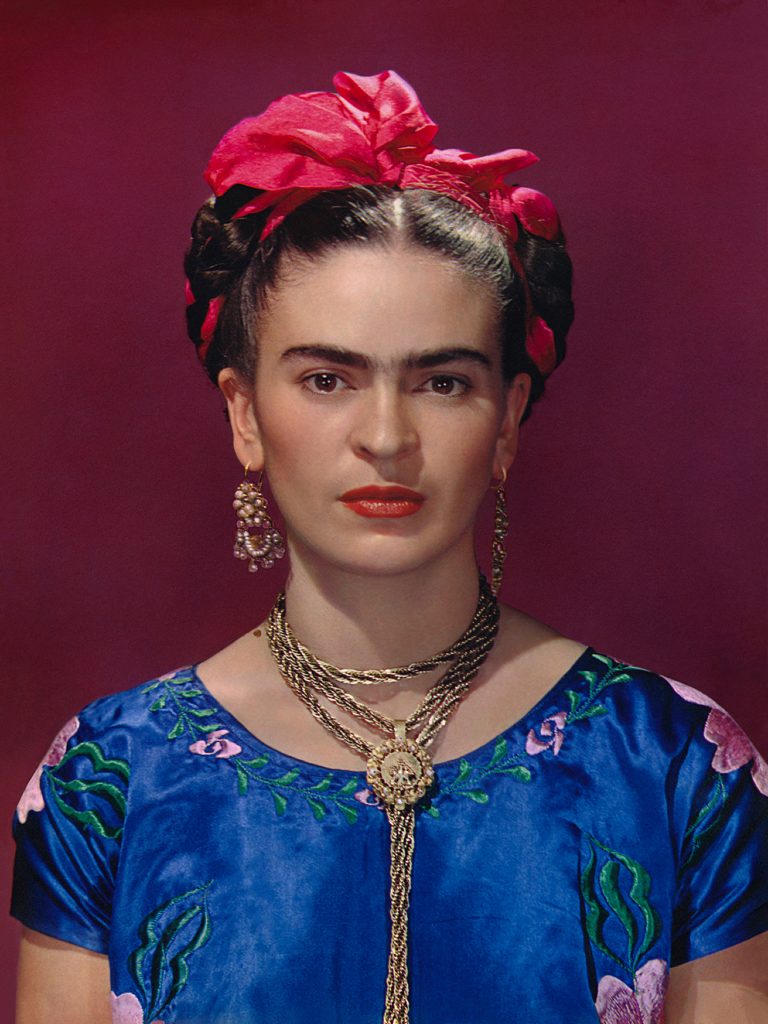ABOUT THE EXHIBITION
Frida Kahlo: Five Works offers a rare chance to explore a selection of works by acclaimed Mexican painter Frida Kahlo. Since Kahlo’s death in 1954, her deeply emotional and vibrant paintings have garnered ever-increasing attention, transforming the celebrated artist into a global cultural phenomenon.
This installation features four paintings and a drawing on loan from a private collection, each acting as a vehicle for understanding larger aspects of Kahlo’s artistic practice, including her working methods and unique visual language. These works invite us to look closely, exploring their layered meanings and pondering their connections to Kahlo’s adventurous life.
FIVE WORKS
VIRTUAL TOUR
CONSERVING KAHLO
In preparation for this exhibition, three of the paintings were studied in the DMA’s paintings conservation studio. Using infrared photography, X-radiography, and microscopic examination, novel information was brought to light regarding Still Life with Parrot and Flag from 1951, Sun and Life from 1947, and Diego and Frida 1929–1944 from 1944. Infrared photography allows conservators to look through surface-level paint to the underlying preparatory layers. X-radiography, on the other hand, enables us to visualize compositional changes made in paint. This combination of imaging provided a fascinating new perspective into Frida Kahlo’s working methods.
ABOUT THE ARTIST

Considered one of Mexico’s greatest artists, Frida Kahlo was born Magdalena Carmen Frieda (Frida) Kahlo y Calderón, in Coyoacán, Mexico City, on July 6, 1907. She grew up in the family home where she was born, later referred to as the Blue House (La Casa Azul). A bus accident in 1925 left her unable to bear a child, and she underwent 32 operations throughout her life. Pain and suffering are common themes she addresses in her art.
Kahlo first met Mexican muralist Diego Rivera in 1922. As a teen and young adult, Kahlo became more politically and artistically active. Kahlo and Rivera reconnected in 1928 and married in 1929. (They divorced in 1939 but remarried in 1940.) Despite their relationship, Kahlo maintained a unique, personal visual language and developed a very particular means of expressing Mexican traditions and her experience as a woman of the time. Although the French writer and founder of Surrealism André Breton interpreted Kahlo’s work as Surrealist, she never identified with that movement.
In the last years of her life, Kahlo’s health rapidly declined; she was mostly confined to La Casa Azul and to using a wheelchair and crutches. Kahlo died on July 13, 1954 in Coyoacán, Mexico City at the age of 47. Her ashes are housed at La Casa Azul, which was opened as a museum in 1958. Frida Kahlo gained widespread international recognition beginning in the 1980s.

